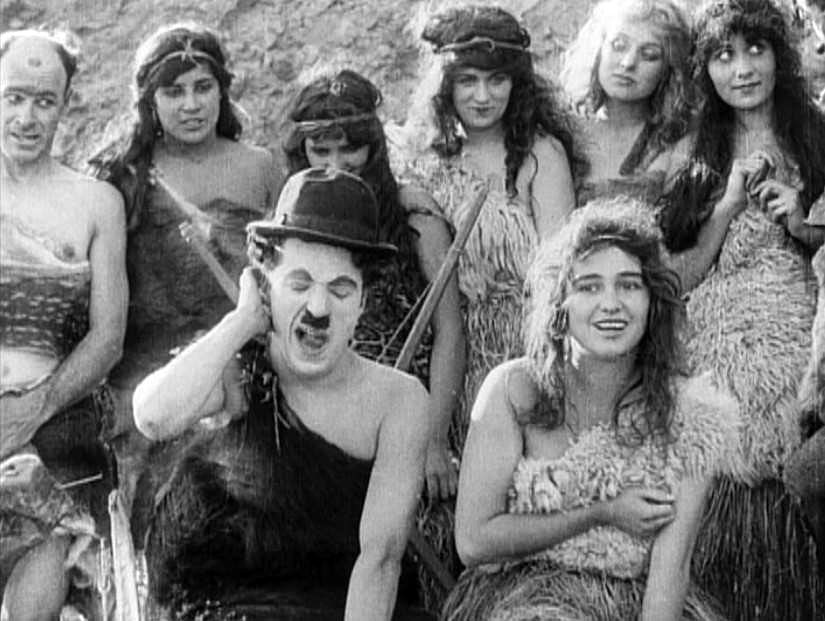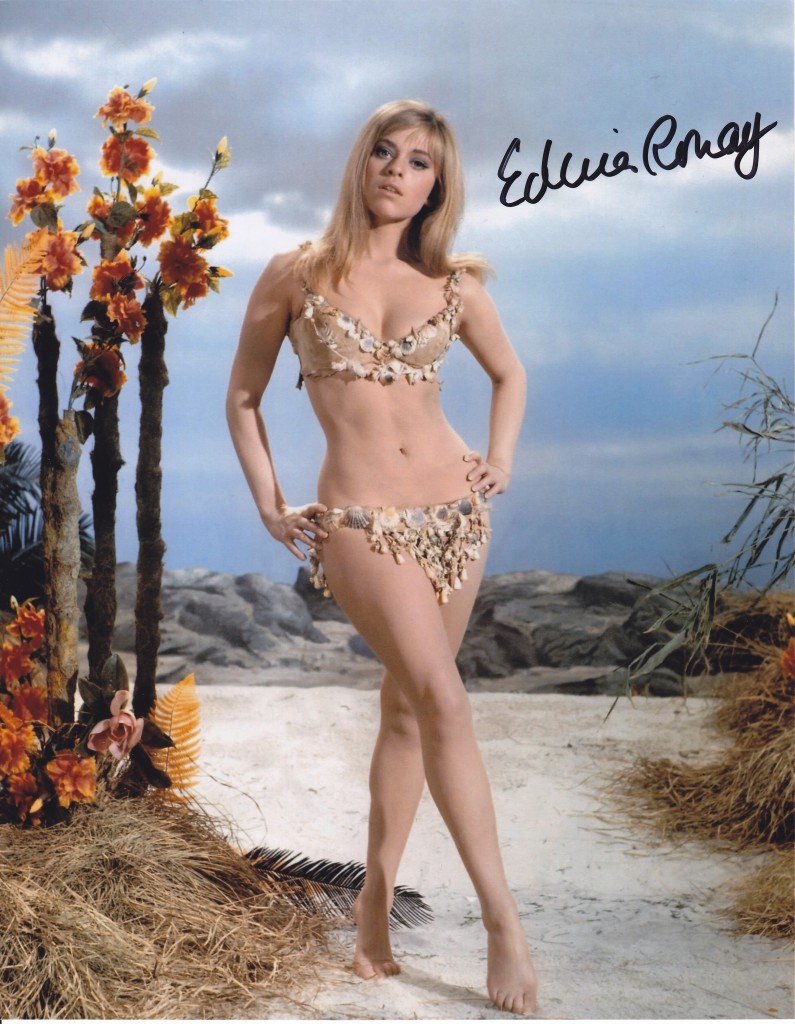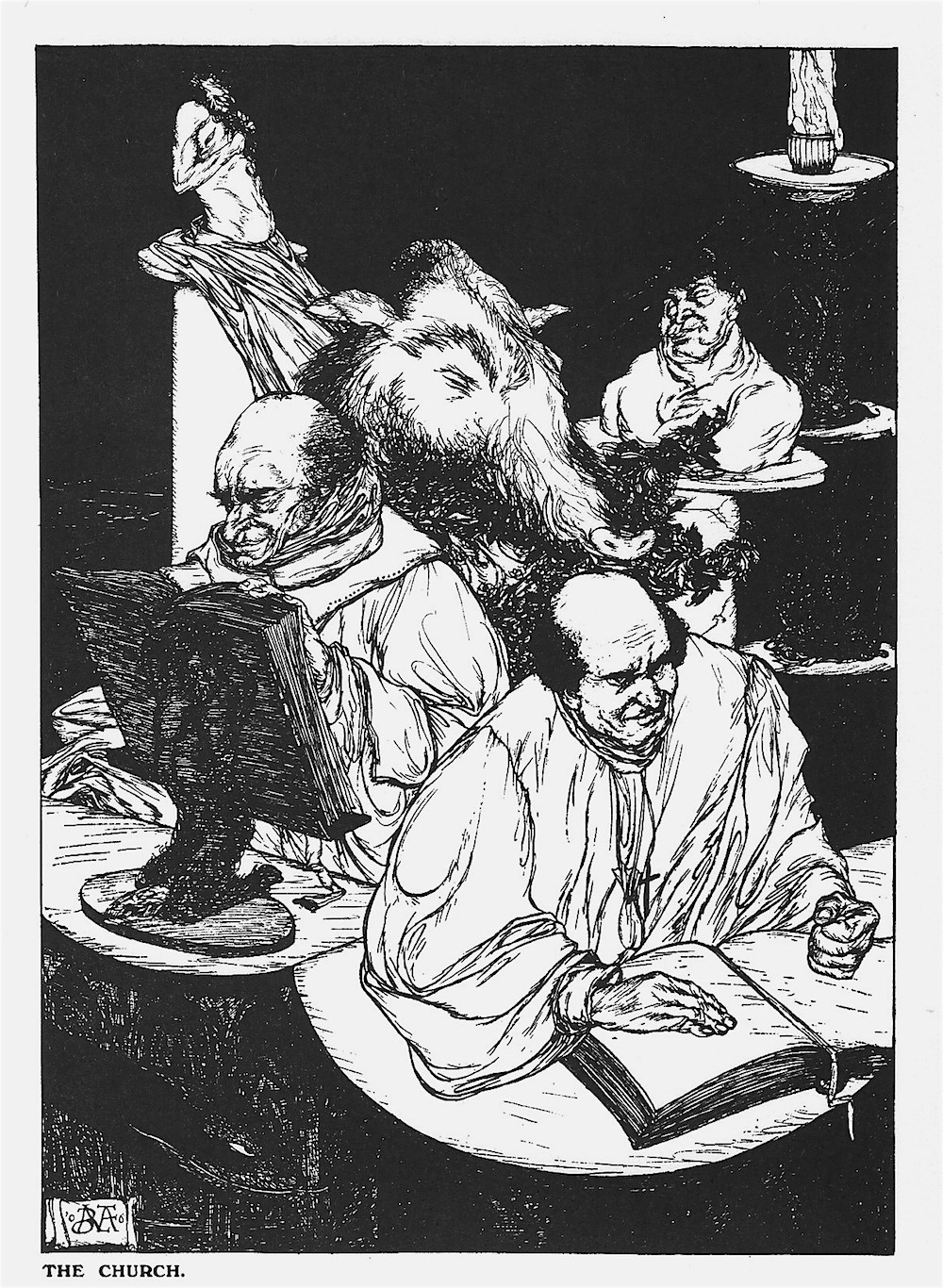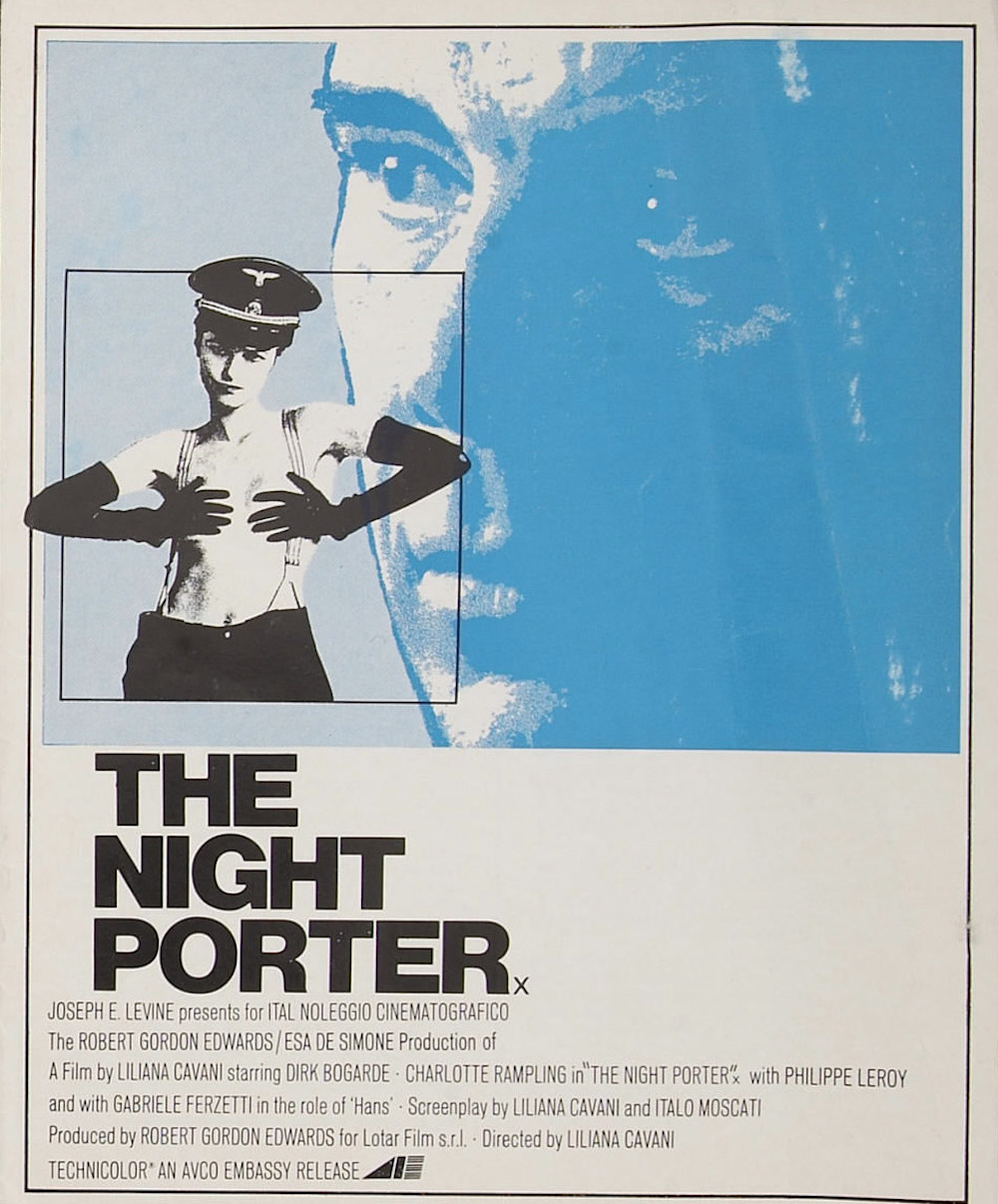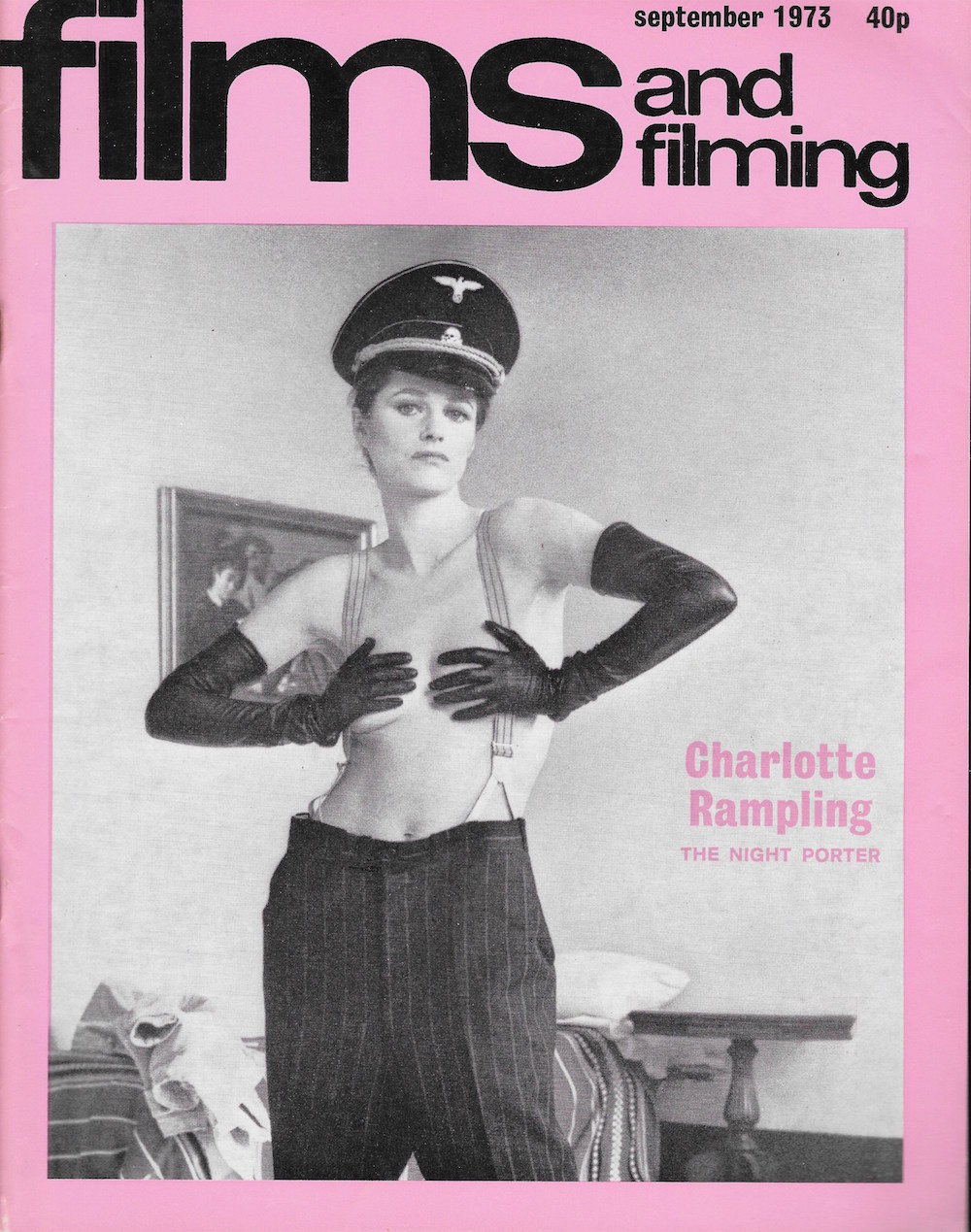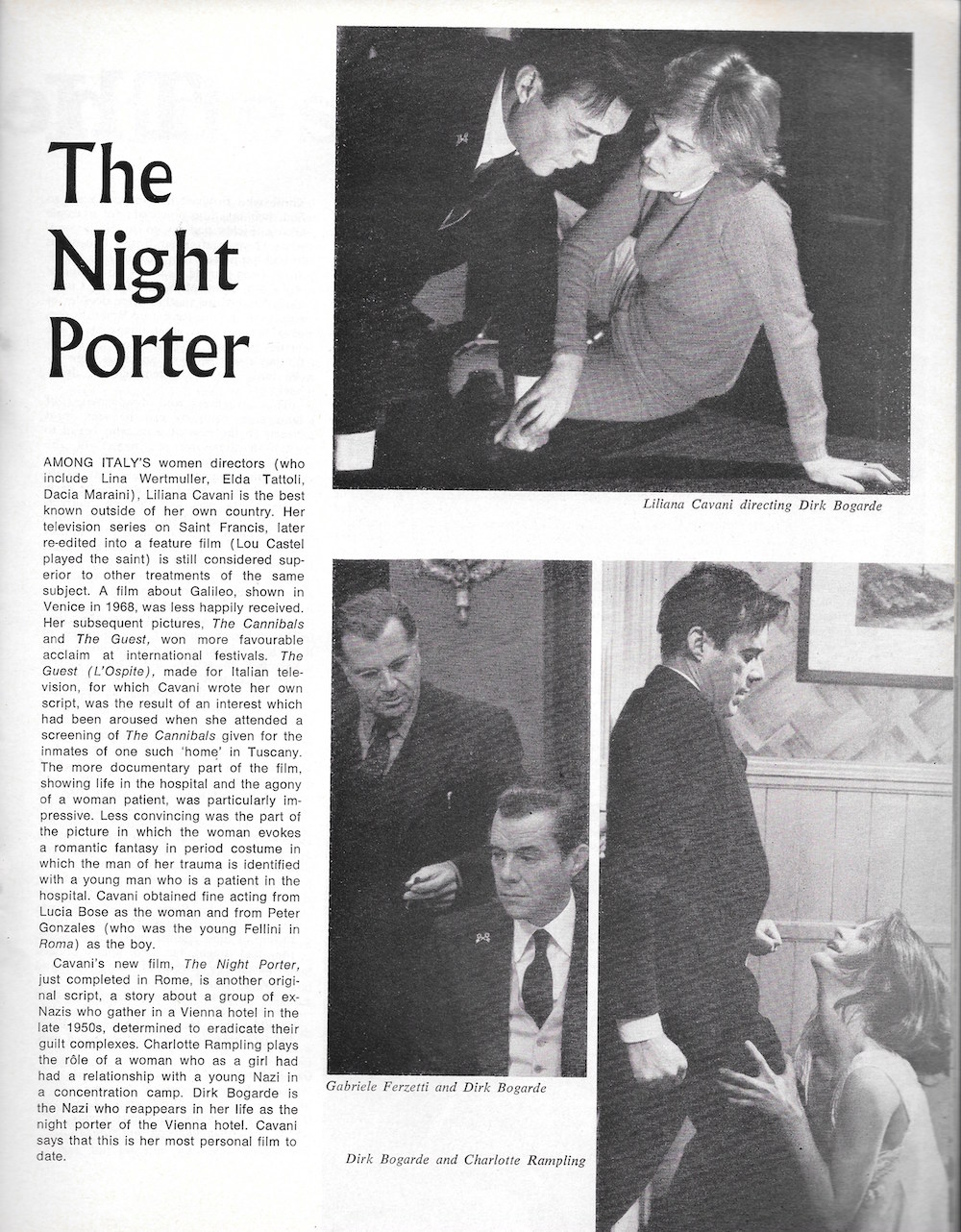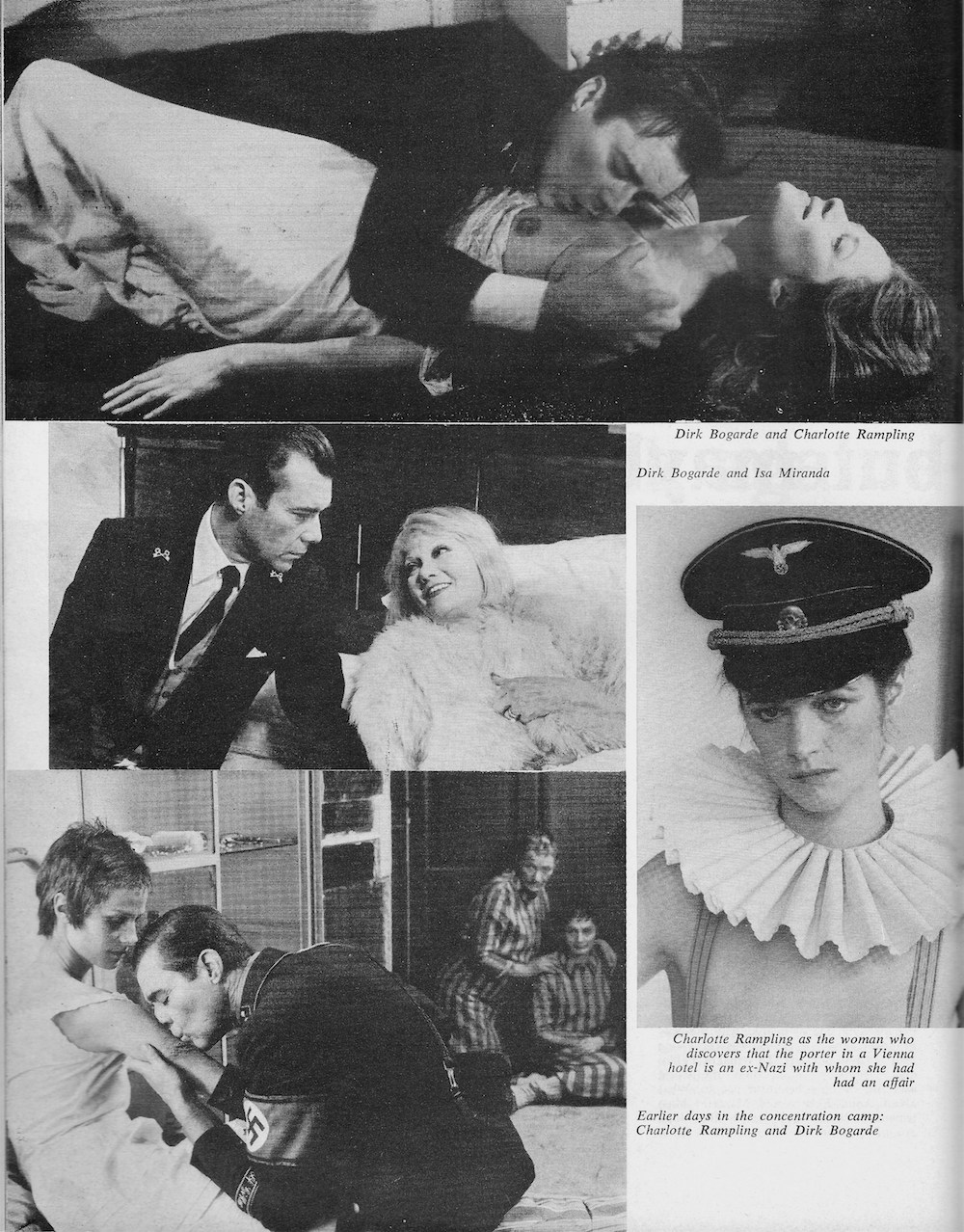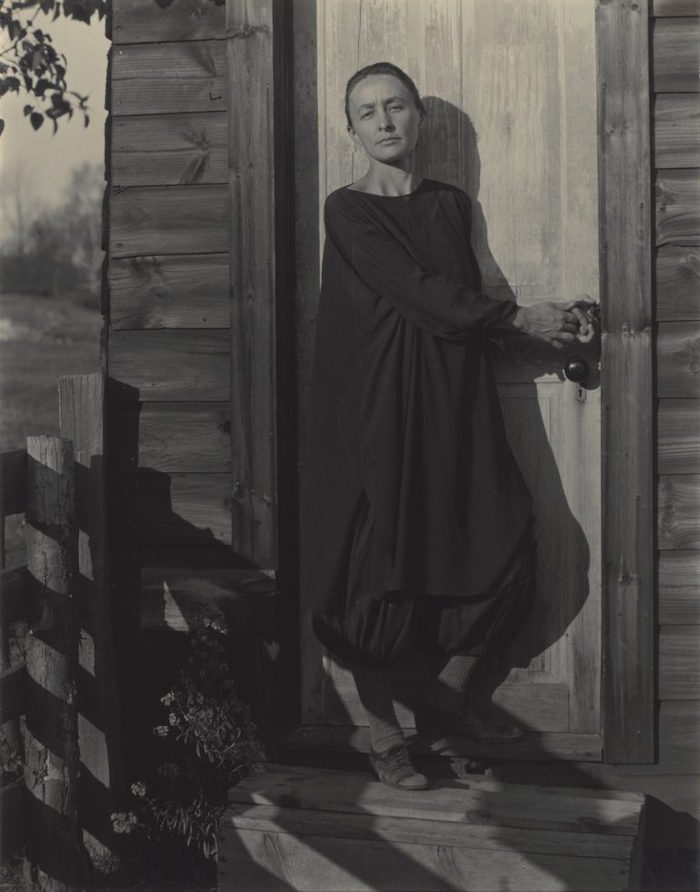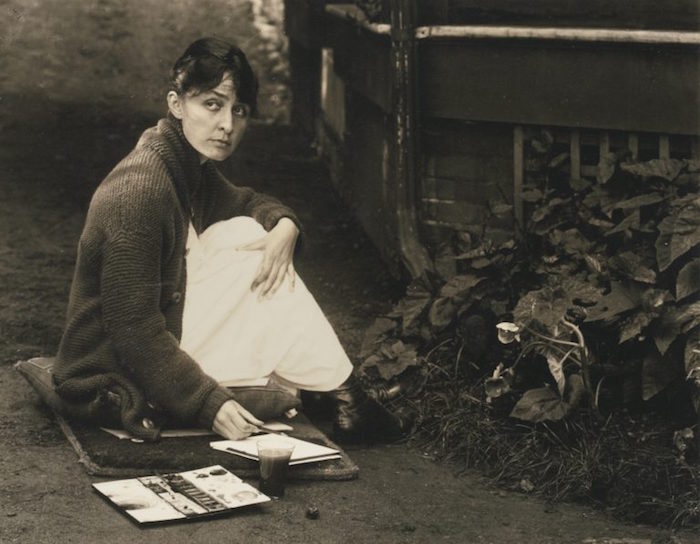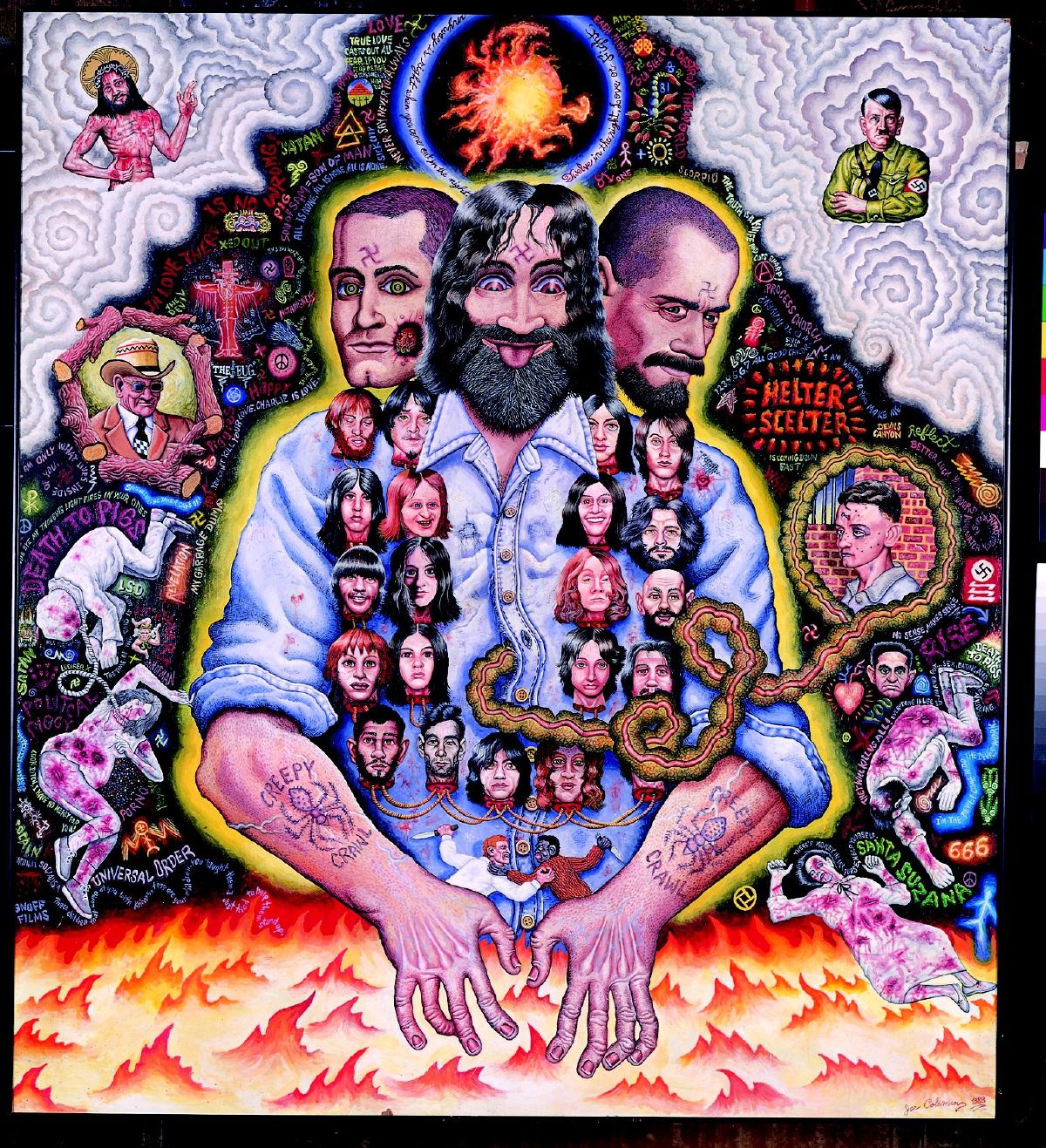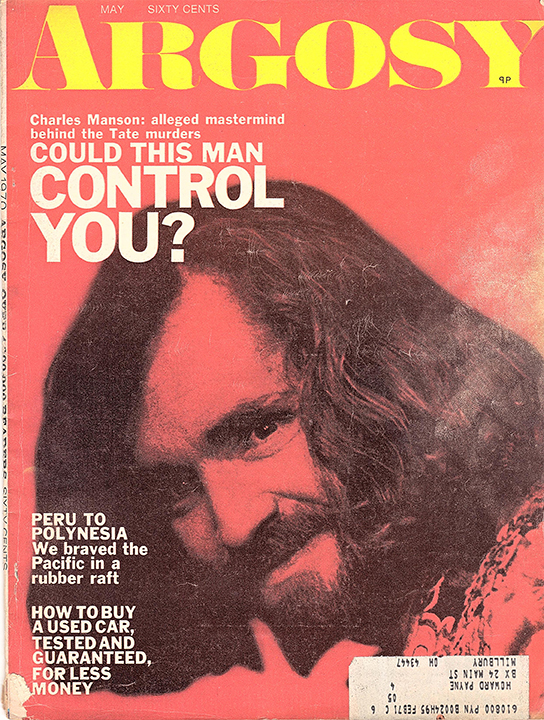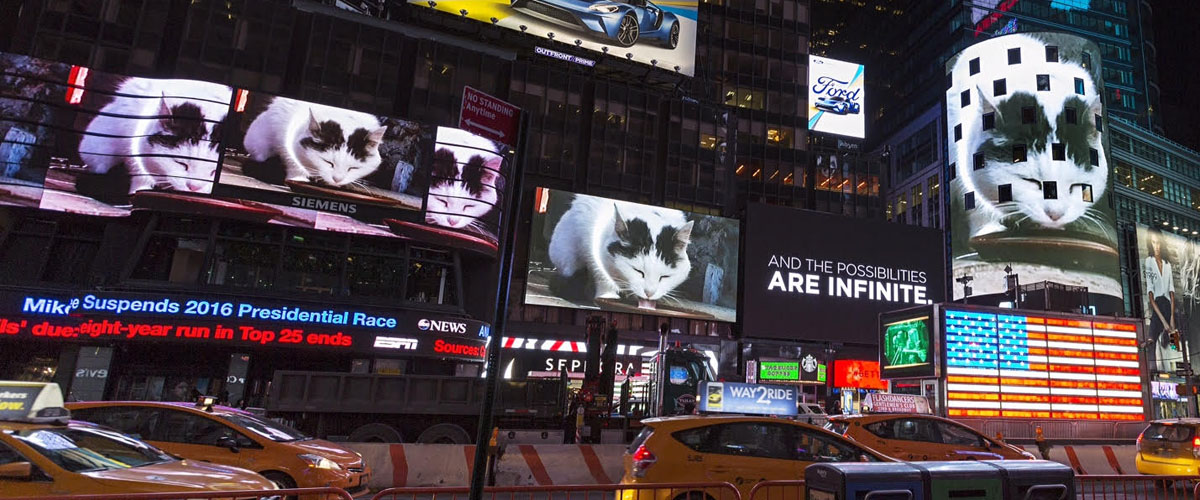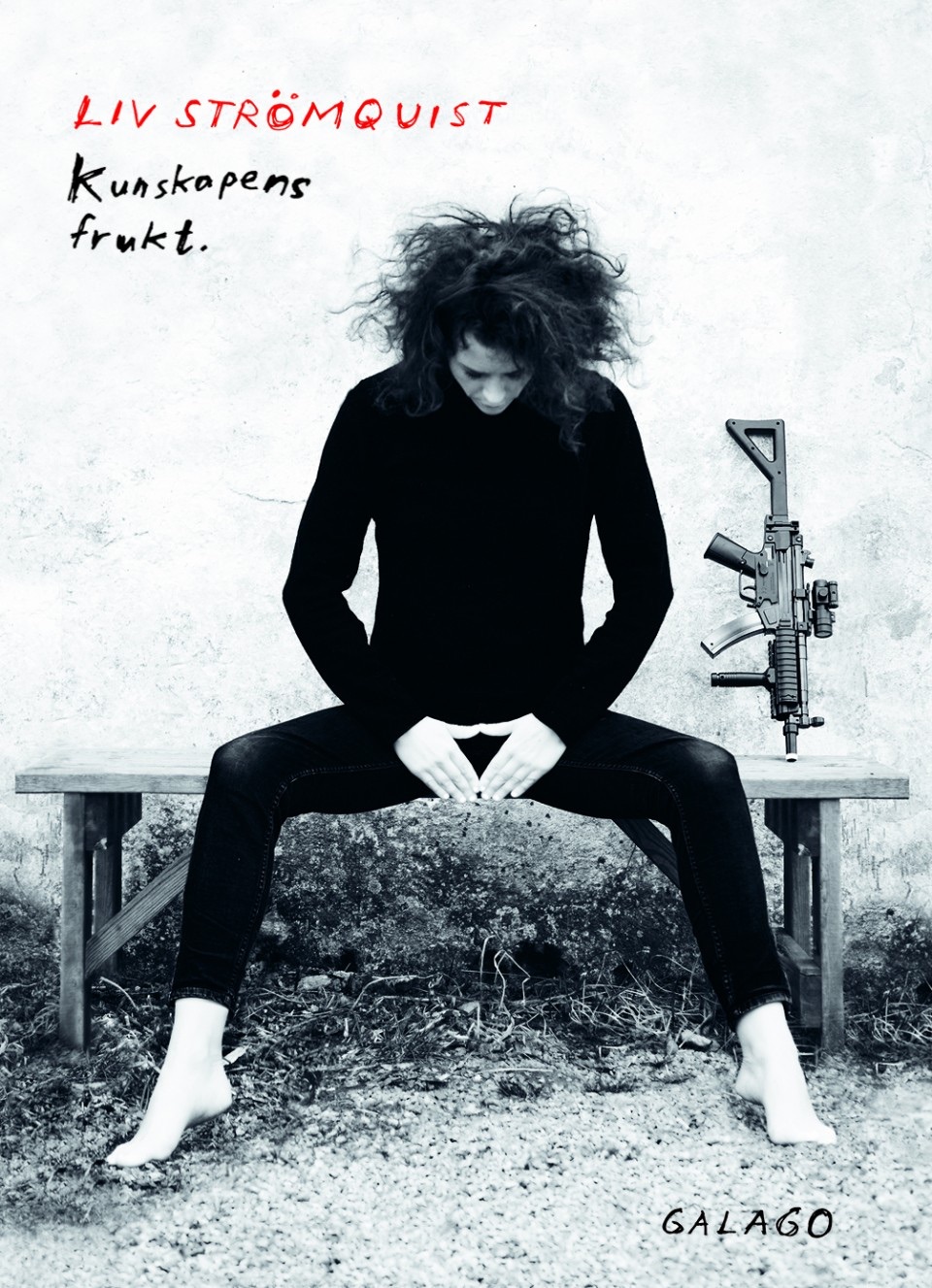
As much as any band could, the Heartbreakers both aesthetically and individually personified the bridge between proto-punk and punk rock. They coalesced in 1975, when New York Dolls Johnny Thunders and Jerry Nolan joined forces with Richard Hell, who’d just left Television. The quartet was completed a few months later with the addition of guitarist/vocalist Walter Lure.
The next year, their best-documented lineup was formed when Hell was replaced by Billy Rath (Hell would go on to form a namesake band, and it’s easy to wonder if he didn’t do that to make it difficult to oust him from a THIRD epochally crucial group), and this version of the Heartbreakers would record their lone album, L.A.M.F. (Like a Mother Fucker), which was one of punk’s great letdowns. A terrible mix buried confident performances of fine songs, and the shittiness of the record prompted Nolan to quit the band.
That album has been remixed and remastered a fair few times, and it contains some of punk’s earliest enduring anthems, like “Born to Lose” and “Chinese Rocks.” That latter song was eventually performed by the Ramones on their 1980 LP End of the Century under the title “Chinese Rock,” and the song is partly noteworthy for a years-long dispute over exactly who wrote it. It’s long been accepted that the song was a collaboration to some degree between Richard Hell and Dee Dee Ramone, a reality reflected in the End of the Century credits. But on the original pressing of L.A.M.F., Johnny Thunders and Jerry Nolan are credited as songwriters—a credit that’s absent from the many subsequent reissues. If that claimed writing credit was an attempted money-grab, karma for that larceny was pretty instant—L.A.M.F. didn’t really generate all that much money at first. According to Dee Dee Ramone in his memoir Lobotomy:
For a while dope was called “Chinese Rock” in New York. When you would walk around the Lower East Side people would smirk at one another on the sidewalk and let you know with hand signals that they have the Chinese Rock. It was supposed to be good luck if someone had rocks. I must’ve had a lot of luck.
Jerry Nolan and Johnny Thunders used to call me quite frequently. Jerry would come over to my place and pick me up and then we would go cop some dope. The Heartbreakers we’re just getting together with John, Jerry and Richard Hell. I guess those guys were all dope fiends then… Richard Hell had mentioned to me that he was going to write a song better than Lou Reed’s “Heroin,” so I took his idea and wrote Chinese rocks in Deborah Harry’s apartment that night.
I wrote the song about Jerry calling me up to come over and go cop. The line “My girlfriend’s crying in the shower stall” was about Connie, and the shower was at Arturo Vega’s loft. The intro to the song was the same kind of stuff I had put in songs like “Commando” and the chorus of “53rd and 3rd.” I wrote those songs before “Chinese Rocks” and the Ramones had already performed and recorded these tunes.
When Jerry was over at my place one day, we did some dope and then I played him my song, and he took it with him to a Heartbreakers rehearsal. When Leee Childers started managing them them and got them a record deal, “Chinese Rocks” was their first single off L.A.M.F. …but the credits are false. Johnny Thunders ranked on me for fourteen years, trying to make out like he wrote the song. What a low-life maneuver by those guys! By then, I was really too fucked up to care.
Much more after the jump…











